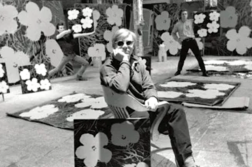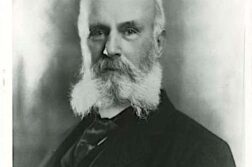IT’S EASY TO FORGET that same-sex marriage bans did not start with California Proposition 8, nor did they originate with the rash of marriage bans across the country in 2004. They did not even start in 1998 in Hawaii and Alaska. If we truly want to understand where same-sex marriage bans come from, we need to look back much further. Same-sex marriage was included in some of the most draconian anti-gay ballot measures of the early 1990’s. And the strategy behind most marriage bans—to proactively prevent GLBT rights before they happen rather than repealing existing laws—has been used by the religious Right since the late 70’s. To pass these proactive laws, the Right has developed a series of political messages over time that position gays and lesbians (and increasingly transgendered people) as outsiders attempting to invade and “take over” valued American institutions.
Most of the early anti-gay ballot measures were either referendums to repeal a recently passed law—as in the infamous Dade County, Florida, referendum of 1977—or in some cases an initiative in response to an existing law. Lacking protection at the federal level, the GLBT movement had pursued a strategy of trying to pass non-discrimination laws at the local or state level. However, it turned out these laws could easily be challenged by referendum in many cities and states. Thus, most ballot measures in the late 70’s and early 80’s were entirely reactive, as a newly constituted religious Right—small and disorganized by today’s standards—responded to a spate of local non-discrimination laws.
There were a few variations on these reactive ballot measures, even early on. During the first wave of referendums in 1978, religious Right activists in Seattle were stymied by their inability to use a referendum to repeal a local non-discrimination law that included sexual orientation, because too many years had gone by since the law was passed. Instead, they tried to pass a new law by initiative, which repealed the existing non-discrimination law and prohibited all future action on the part of Seattle city officials in granting rights based on sexual orientation. In a similar vein, after Austin city officials passed a fair housing law, right-wing activists in Austin launched an initiative in 1982 that declared “It shall not be unlawful to deny housing on the basis of sexual orientation.” Both ballot measures failed at the ballot box, and non-discrimination protections were upheld in both cities. Although these two ballot measures were primarily reacting to existing laws, there was something new and frighteningly innovative about both of them: they sought either to legalize discrimination or to prevent GLBT equality in the future. Scholar John Green refers to these kinds of ballot measures as “offense as defense” or “proactive opposition.”






